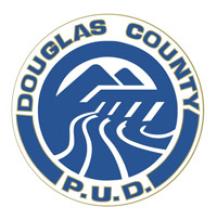Douglas County PUD Lowers Cost of Connecting to Community Network
A Wenatchee World article recently announced that Douglas County Public Utilities District is reducing the rate it charges to connect to the community fiber network. According to the July 18th article, connecting to the Douglas County Community Network (DCCN) previously cost a one time fee of $250. The PUD Commissioners decided to shave $100 off the price because revenue from the network is "more than covering" installation costs. Now $150 will connect a customer in the service area.
This reduction is one of several:
From 2010 to mid 2011, Douglas PUD required customers to pay the full cost of a hookup. At this rate, which could total more than $1,000 each, only about 30 customers signed up, Vibbert said.
In mid 2011, the PUD reduced the rate to $500 and enticed 139 more hookups. It reduced the rate again in mid 2012 to $250.
The open access network currently hosts six different providers, some offering telephone and television services in addition to Internet. The Wenatchee World notes that the DCCN is available to approximately 46 per cent of the Douglas PUD's 15,000 electric customers.



